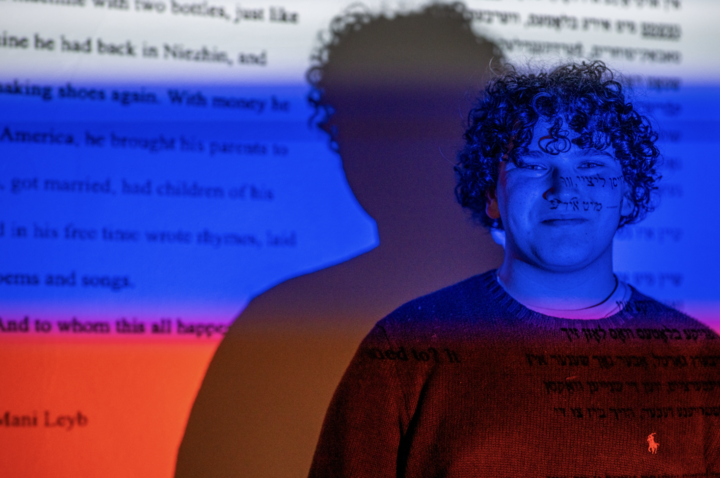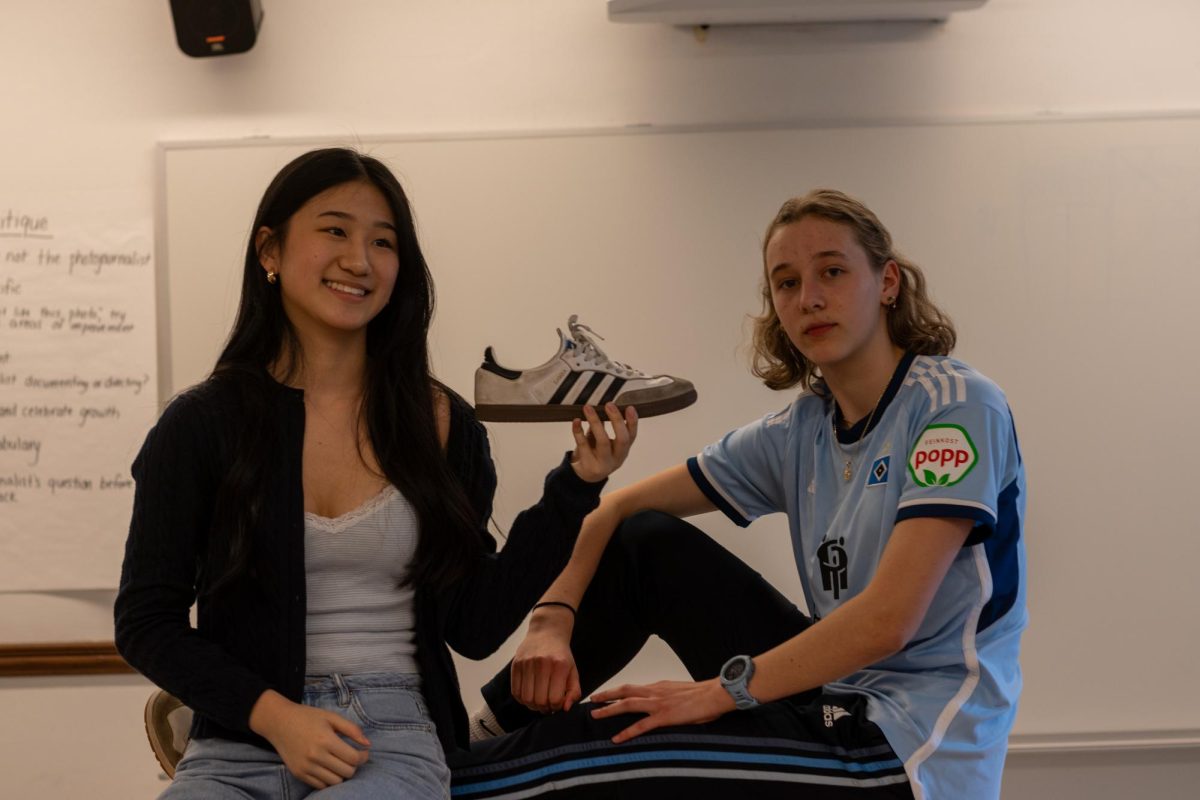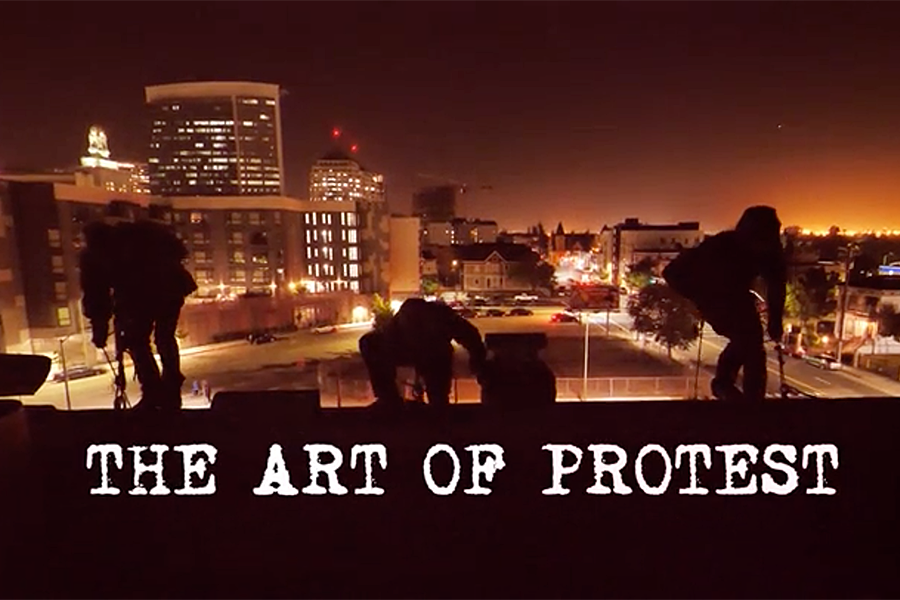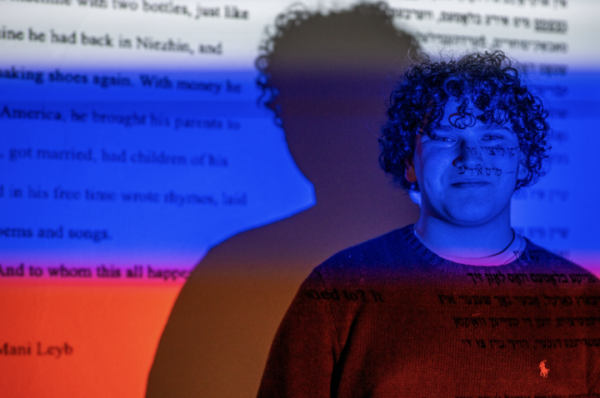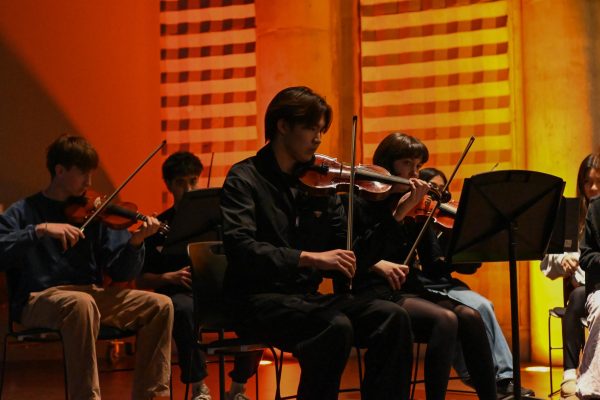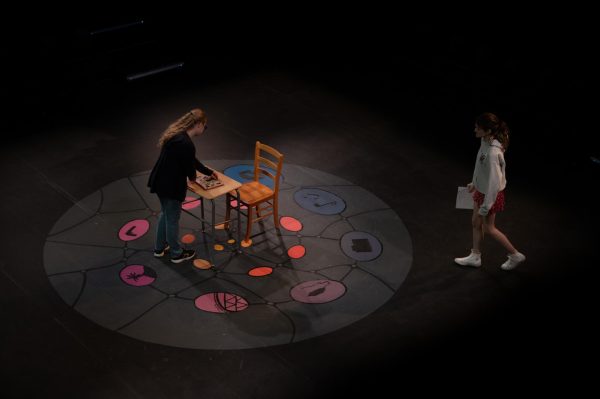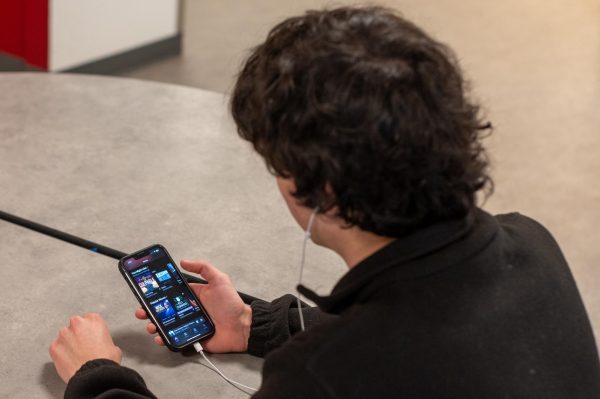‘The Art of Protest’ delves into past, contemporary activism
Source: Indecline website
In 2018, Indecline started work on the documentary to tell the story of protest art and to call on artists to use their art as a tool to fight injustice. The film contains interviews with artists and activists. It showcases work as far back as Charlie Chaplin’s “The Great Dictator,” a film that mocked Adolf Hitler and the Nazi regime, and as recent as the public murals from the Black Lives Matter movement.
In 2017, Donald Trump announced he would like to be buried at the Trump National Golf Club in Bedminster, New Jersey. After the statement was made, Indecline, an activist collective made up of anonymous artists, snuck onto the golf course in the middle of the night and built their own cemetery for some of the things they believe Trump has buried. They put tombstones in the ground reading “Here Lies Our Future,” “Here Lies Decency” and “Here Lies the American Dream.”
This artistic endeavor and many more are captured in Indecline’s documentary “The Art of Protest,” a 45-minute film released Oct. 13 and which can be viewed for free on the Indecline website or Rolling Stone website
In 2018, Indecline started work on the documentary to tell the story of protest art and to call on artists to use their art as a tool to fight injustice. The film contains interviews with artists and activists. It showcases work as far back as Charlie Chaplin’s “The Great Dictator,” a film that mocked Adolf Hitler and the Nazi regime, and as recent as the public murals from the Black Lives Matter movement.
“I would encourage people to break rules that don’t make sense because it teaches us a lot about why rules exist in the first place,” one unnamed member of Indecline said in “The Art of Protest.”
This film is meant to inspire the viewer and shows the power of protest art. Protest art can get people talking about important issues, it can get them to laugh at the people in power who work only to serve their own interests, and it can take back the streets and public spaces with a message to fight injustice.
“Take up space, take up as much space as possible, be as loud as possible, make things with your hands, make physical things and get out there and make something,” artist Maryl Pataky said.
The pacing and editing in “Art of Protest” is very fast and, while it conveys its message well, it does not allow enough time for the viewer to take in the individual pieces of art. Some of the pieces are massive and deserve more time for the viewer to appreciate.
Indecline is a controversial group whose members often break the law when they create their art. Because they were the ones who created the documentary, the story of protest art is only being told from the perspective of the artists instead of including the perspective of the subjects or others, who would give the documentary a more diverse perspective.
With the growing division in this country, protest is more important than ever. And every movement needs art to go with it.
Another unnamed member of Indecline said, “There’s no drug more potent than the spirit of rebellion. If you’re able to implement joy, you’re arming yourself with a psychological attribute that your oppressor does not have.”
This film, while feeling manipulative at times, is effective at communicating its message and inspires the viewer to stand up and raise their voice, or brush, and put their message into the world as well.































